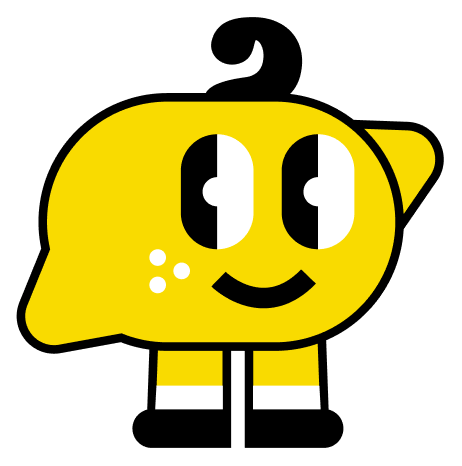
Streamlining Grant Applications with AI: A Comprehensive Guide
Quickly apply for grants using ChatGPT and the RIPE framework.
Are you tired of spending endless hours navigating the complexities of grant applications? What if you could breeze through the process in under an hour, all thanks to a touch of artificial intelligence (AI)?
Learn how in this FiveMin.AI. I’ll introduce you to a game-changing approach that combines ChatGPT with grant questions and information about your nonprofit or organization. Make the daunting process of explaining your mission, hitting correct character counts, and concisely sharing what’s next more efficient.
The Power of AI in Grant Applications
Utilizing AI can streamline the grant application process. Individuals, whether representing nonprofits, students, or researchers, can harness the potential of AI to tackle the intricacies of grant applications effortlessly. To do that, two frameworks are first needed.
The RIPE Framework and the Multi-Shot Approach
Two key frameworks underpin the AI-assisted grant application strategy: the RIPE framework and the multi-shot approach.
The RIPE framework comprises four essential components: Role, Instruction, Parameters, and Example. By defining these aspects when using ChatGPT, you empower AI to assist you in a targeted and effective manner, whether it's providing information about yourself, your organization, or previous grant applications.
The multi-shot approach serves as the second cornerstone. Unlike the one-shot prompting method, which entails asking all questions simultaneously, the multi-shot approach involves asking questions sequentially. This method is particularly advantageous for grant applications. An organization can ask one question at a time from the application and specify any character or word limits. As ChatGPT gives the answers, you can correct mistakes and specify key facts you want to highlight. These changes will then be carried through other questions in the grant application.
Putting the Frameworks into Action
Put the frameworks into action by using ChatGPT. ChatGPT-4 is best for its quality writing, although GPT-3.5 is a viable option for those occasionally applying for grants. You can access ChatGPT-4 in several ways without paying, as this tutorial shows. For grant writers, ChatGPT from OpenAI will allow you to maintain continuity and context across grant applications, so the more grants you write, the better it gets.
Crafting an AI-Powered Grant Application
When applying for grants, it’s important to remember the concept of an "AI sandwich". This refers to the back-and-forth grant writers should expect with AI. The human comes up with the question (the bread at the top!), the AI will create an answer (the hamburger!), and the human will have to edit and improve (the bread at the bottom!). AI will not spit out your final product. Instead, use a Google or Word document. Move your AI answers to that document and continue editing there.
The Power of Adaptability and Repurposing
One of the most intriguing aspects of AI-assisted grant applications is their adaptability and reusability. Once you've completed a successful grant application, the same chat can be revisited for future applications. The AI, equipped with prior interactions, becomes more refined and responsive over time, serving as a potent resource for future endeavors.
Embrace AI for Efficient Grant Applications
AI provides a quick way to navigate the intricacies of grant applications.
Combining the RIPE framework, the multi-shot approach, and the AI sandwich will help grant writers get the most out of AI. AI will not replace grant writers, but it should allow organizations to apply to more grants and to more quickly launch new programs.
Nonprofits and organizations are often strained for resources. AI is the solution. As the video notes, "use information you have about your organization to make AI actionable so that you can quickly apply and get money to take action."


